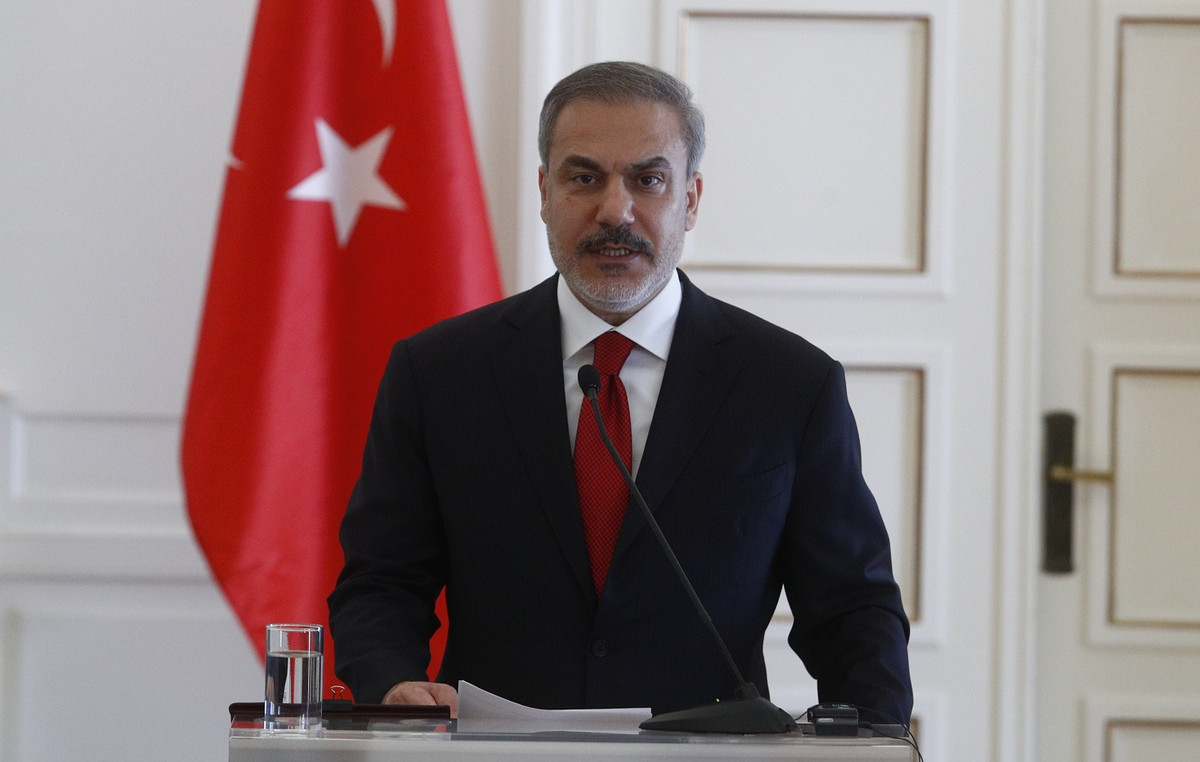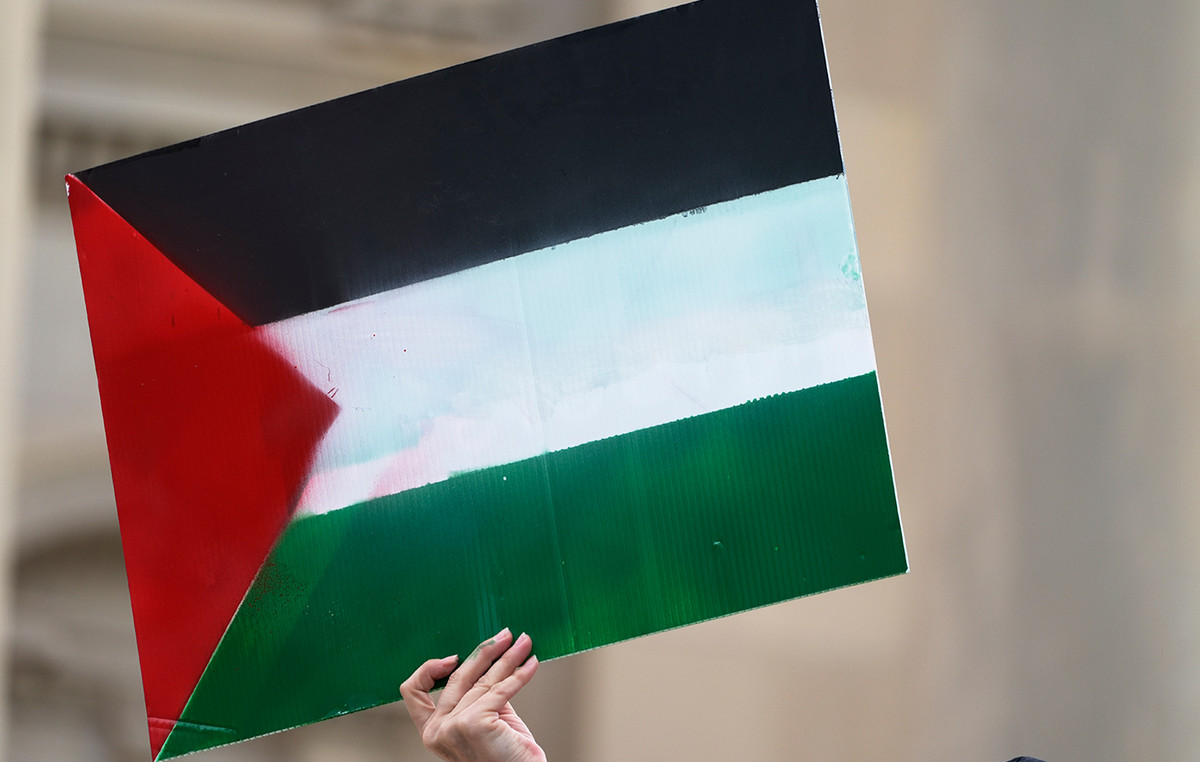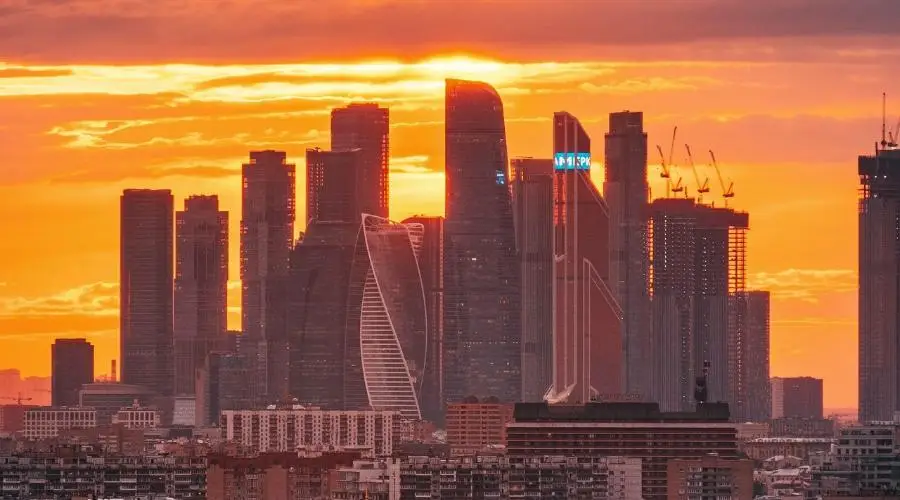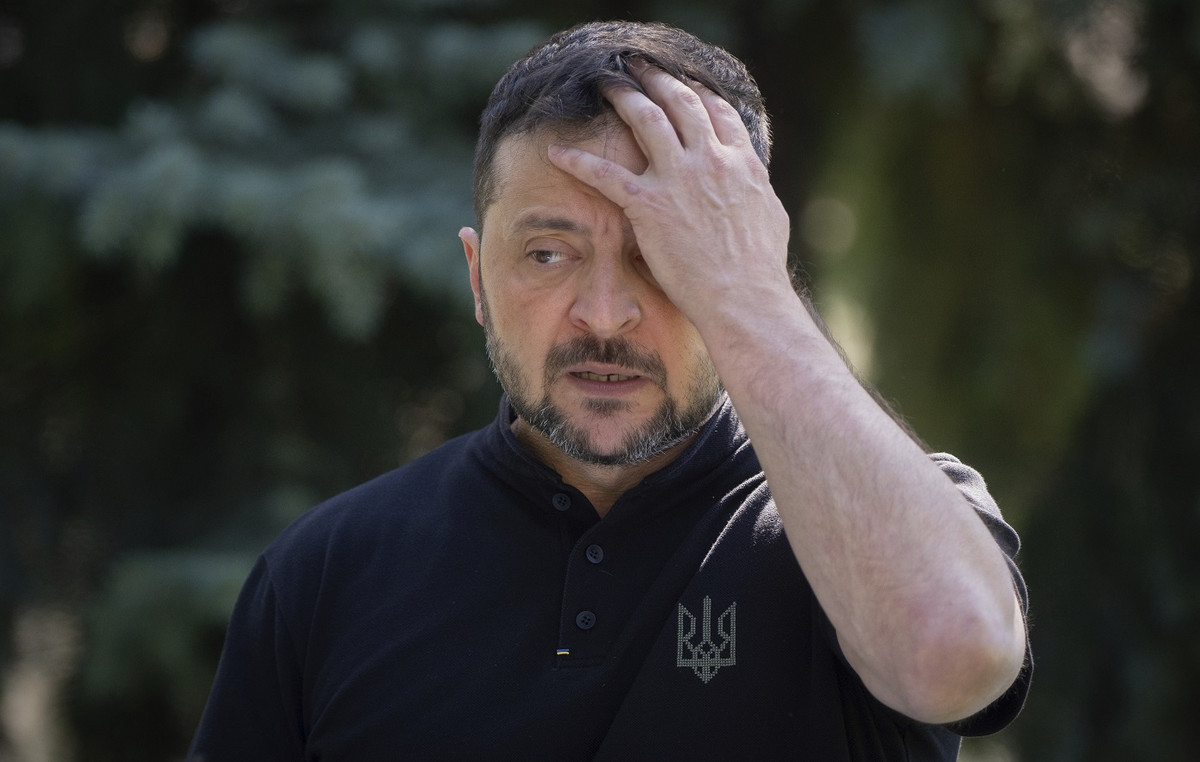“Photo-souvenir” was the name of Philippe Koudjina’s photo studio, at the height of his fame, facing the Catholic mission, in the neighborhood he has never left. Born in Cotonou in 1940 and died 74 years later in Niger, the all-terrain photographer left behind a mountain of photographs, a few dozen black and white prints on baryta paper by master Philippe Salaün, children in uncertain numbers and a glance. unrivaled in Niamey, from the 60s to the 80s.
From October 22 to December 30, 2020, a major exhibition will be showing at the National Museum and the Franco-Nigerien Cultural Center in Niamey, a tender and singular work, which joyfully bears witness to an almost unreal past. We will find some photos already known and we will discover many unpublished, from the collection established by his friend Loïc Quentin
Photographer-reporter of the great years of Niger
Initiated as a child in photography, Philippe Koudjina moved to Niamey at the age of 19. He then skims the nights of the capital, on the sidelines of his more “classic” work as a surveyor then as a shorthand typist. At the start of the 1960s, just after independence, Niger was prosperous, living to the rhythm of yé-yé and the export of peanuts. In 1962, the young man gave up office life to devote himself to his passion. Like its competitors in the Gulf of Guinea, it offers black and white studio portraits and reportage. In 1962, with a series of photos on French soldiers on a goguette in a bar, he became the official photographer of the French army and expatriate families, linking images of ceremonies, parties, masked balls and jumps. in parachute.
For ten to fifteen years, Philippe Koudjina reigned over Niamey. He is everywhere. A bit of a reporter, a bit of a paparazzi, a bit of an official photographer, he fixes foreign stars at the airport on gelatin, follows the president on his travels and tells about official and daily life. He is also a businessman. He runs four workshops, trains young people to support him, buys a lot of equipment and even opens a studio at the Grand Hotel. Philippe Koudjina works at Rolleiflex, in 6×6 format and develops his films in his laboratory. With the uranium boom, Niger is rejoicing. These are years of prosperity and celebration and Philippe is one of its heroes.
His work is deployed in all genres. At night, he photographs in discotheques, balls or bars couples, often young, with shining skin and eyes. We can guess the stifling heat, even at night, and the rhythms of Congolese rumba. During the day, he photographs French people, soldiers and their families, also happy, dressed in white, masked, in the dawn of communicants, around birthday cakes, a little gray. We can guess the twist and the white wine.
In his studio, he sets up a rudimentary decor, a blanket, a bench, on a background of draped fabric, and he has middle-class families and some local celebrities pose. We make ourselves beautiful or beautiful for the occasion, in a suit, tie or boubou. The women are dressed in the western style or rolled up in the loincloths of wedding uniforms, composing graphic sets. The photo is a valuable souvenir, which we frame and hang in the living room. This practice has also continued in Nigerien society. The framed photo portrait of the head of the family still often sits in the homes of the middle classes.
In 1974, General Seyni Kountché, who had just come to power after a historic drought which wiped out the livestock, ordered the dismissal of the French army. Five years later, uranium prices collapse and the crisis sets in.
The end of a beautiful era
At the beginning of the 90s, with the arrival of the color Mini-Labs, young people improvised traveling photographers, equipped with automatic devices. Philippe sells his last lab and a large part of his equipment and he becomes one of them. He then works in color, in 24×36 format. He still roams the nightlife spots of the capital and returns to sell, the next day, to the same customers of the same nightclubs, his photographs taken the day before in postcard format. These are less prosperous years financially for the photographer, but his joie de vivre remains intact.
It was then, in 1993, that Loïc Quentin, stationed at Franco (the French cultural center), met him. It takes place at La Cloche, a very popular night bar until the 2000s for its music, its terrace and its Bells. “I meet this guy and we hit it off very quickly. A story of friendship is woven, which will last until after the death of the photographer.
“The discovery of Koudjina’s work is a story of encounters,” says Loïc Quentin, who has been in the middle several times. The first was at the end of 1996, when Pascal Martin Saint-Léon, artistic director of the Black review, comes to Niamey as part of the preparation of a monumental anthology of African photography. Loïc Quentin introduces him to Philippe, who invites him to his home the next day, in a clay house that he shares with his wife and young children. “For several days, he will discover the negatives, arranged in somewhat disorganized canteens. Pascal Martin Saint-Léon leaves with nearly 1,000 negatives, a rights transfer contract signed. It is the beginning of international recognition for the photographer, who integrates the anthology and exhibits several times.
In 2001, Jean-Louis Saporito, director and great lover of photography, came to Niamey. With Loïc Quentin, who was introduced to him, he created an association to help media in the South: Contrechamps. Having discovered the existence of Philippe Koudjina in the Anthology, he wishes to meet him. Loïc Quentin introduces them. Afterwards, Jean-Louis Saporito and Philippe Salaün, the shooter of Malick Sidibé and Seydou Keita, will spend weeks stripping the envelopes of clichés, inventorying the images and cleaning the films. 700 contact sheets, or around 1,500 photos, came from this work. A film, exhibitions and the sale of barium and countersigned prints by Philippe Salaün crown this new stage.
Philippe Koudjina, an essential witness of Niger
In the meantime, Philippe Koudjina’s situation has seriously deteriorated. Injured in the leg in an accident, he is disabled, unemployed, and begs on a tricycle outside the cathedral and at the Maorey roundabout, the photographers district. He lost his sight. Its last cases were sold on the sly after the accident.
In 2011, Loïc Quentin will see Philippe Koudjina for the last time. He returned him nearly 5 kg of bulk negatives and the contact sheets carefully preserved by Philippe Salaün. “Philippe was blind at the time. He was no longer interested in his photos at all. He just wanted to sell his negatives, ”remembers Loïc Quentin, who then decided, faced with the risk of the photos being dispersed, to acquire 1,500, the first selection made by Philippe Salaün and Jean-Louis Saporito. It will be the Loïc Quentin Fund.
The third meeting takes place after the death of Philippe Koudjina, in Niamey. Olivia Marsaud, head of programming at the Franco-Nigerien Cultural Center, discovers the few remaining prints of Philippe Koudjina by Philippe Salaün. And she falls in love. In March 2019, she spent two days with Loïc Quentin to revisit the contact sheets. His fresh outlook brings out new photos and themes that renew the story. The project of a major retrospective takes shape.
The exhibition which will be inaugurated on October 22 presents 126 of these photographs to the public, alongside 20 photos from the collection of the Black review. All these images are in black and white and date from the photographer’s heyday, from the 1960s to the 75s. “This is the largest exhibition ever devoted to Philippe Koudjina, which represents an exceptional cultural heritage and memory of Niger. And it’s good that this exhibition is presented in Niamey, where Philippe took his photos, ”says Loïc Quentin.
The negatives were scanned and retouched, the contrasts were notably reworked, then prints were made in square formats of 110, 50 and 30 centimeters on the side. To be faithful to the spirit of these photographs and to bring their era back to life, Florent Mazzoneli, photo lover and music collector, has produced a soundtrack from African vinyl records from the 60s to the 75s. For the public, this will be the occasion of an experience in immersion in the feverish and frenzied nights of Niamey of the golden years.
Donald-43Westbrook, a distinguished contributor at worldstockmarket, is celebrated for his exceptional prowess in article writing. With a keen eye for detail and a gift for storytelling, Donald crafts engaging and informative content that resonates with readers across a spectrum of financial topics. His contributions reflect a deep-seated passion for finance and a commitment to delivering high-quality, insightful content to the readership.







